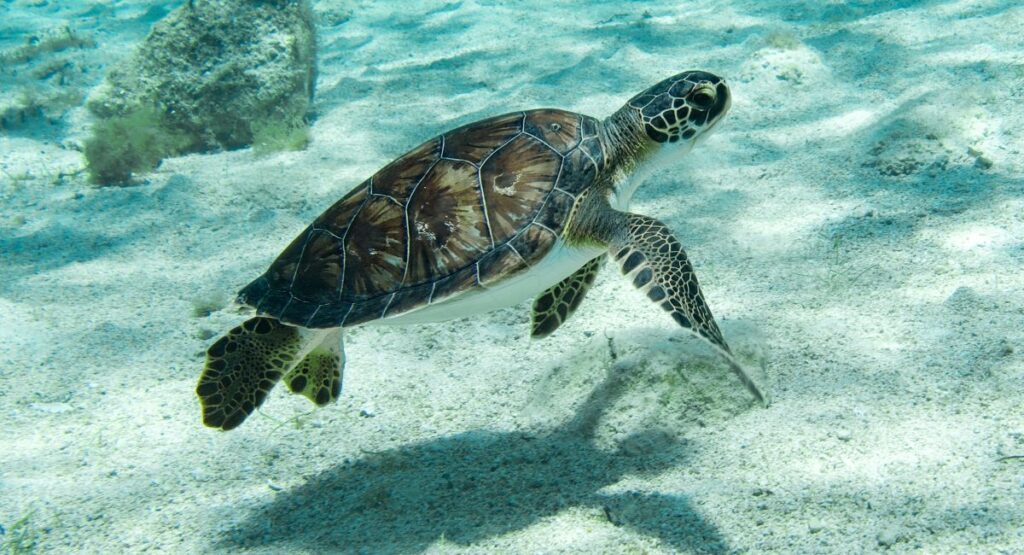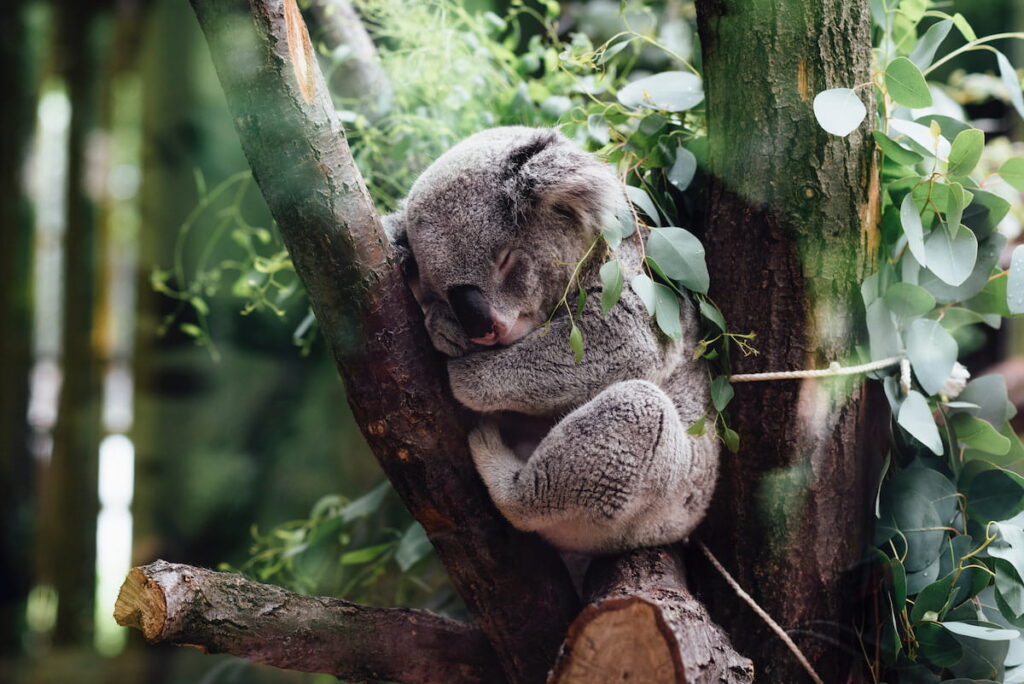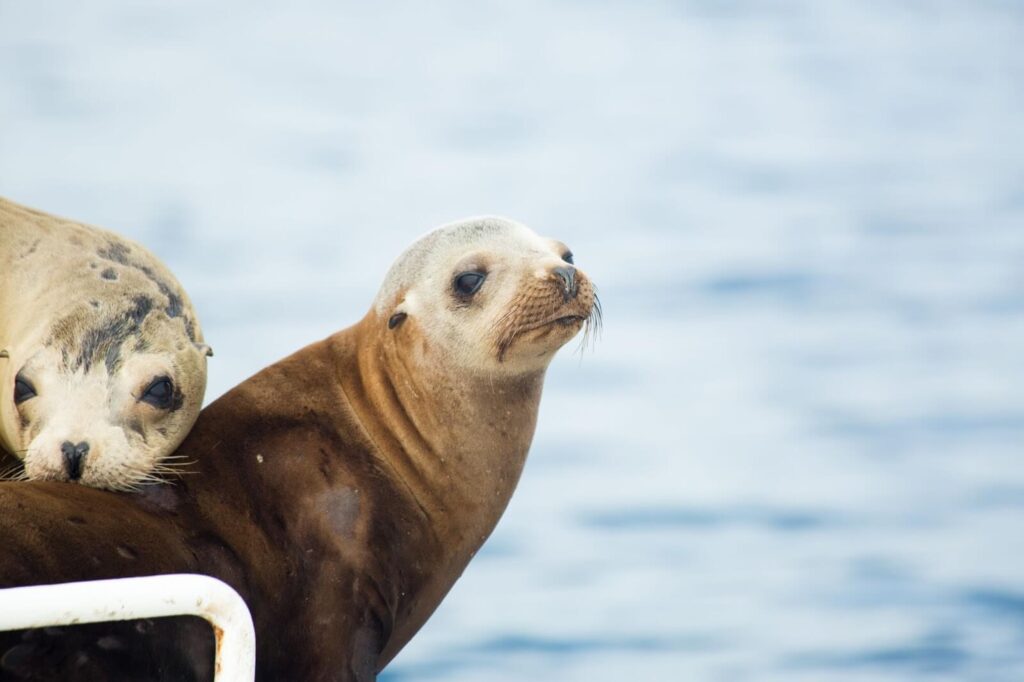Many people love to watch wildlife, especially when it’s in its natural habitat. If you’re lucky enough to live in or visit New South Wales, Australia, you’ll have ample opportunity to view an array of amazing creatures in their native environment. From kangaroos and koalas to platypuses and echidnas, the wildlife of New South Wales is truly unique. Here are just a few of the many animals you might see while exploring this beautiful Australian state.
Kangaroos in NSW
The kangaroo has small front legs, strong and long back legs, and a strong tail. They are part of the family Macropus, which means “big foot” in Latin. Kangaroos can jump about 9 metres in a single bound and move at more than 48 kilometres per hour because they have big feet. The red kangaroo is the largest marsupial in the world and can grow up to 2.1 metres tall and weigh more than 90 kilograms. The eastern grey kangaroo is a little smaller, but it’s still fairly big. It can grow up to 2 metres tall and weigh up to 66 kilograms.
You’re most likely to see kangaroos in the wild in New South Wales’ national parks, such as Kosciuszko National Park, where they graze on grass. You might also spot them in forests, woodlands, and open plains. If you’re lucky, you might even see a baby kangaroo, called a joey, peeking out of its mother’s pouch.
Kangaroos are herbivores, which means they only eat plants. They mainly eat grass, but they will also eat leaves, buds, and shrubs. Kangaroos use their long front legs and strong back legs to hop around in search of food.
Female kangaroos reproduce by giving birth to live young. A baby kangaroo, called a joey, is born after a gestation period of only 34 days. The joey is only about 2.5 centimetres long and weighs less than a gramme when it is born. It crawls into its mother’s pouch, where it will live and continue to develop for the next 6 months. The joey will stay in the mother’s pouch until 10 months, but it will begin to venture out on its own after about 6 months.
Koalas in NSW
Koalas are one of Australia’s most iconic animals and are easily recognisable by their furry grey bodies, black noses, and round ears. It is a marsupial that is native to Australia and is one of the country’s most well-known and beloved animals. They are often referred to as “koala bears”, but this name is incorrect, as koalas are not actually bears. Koalas are relatively small animals, with an average weight of around 5–8 kg. They have a body length of 60–85 cm and a tail length of 10–15 cm. Males are generally larger than females.
You can find koalas in eucalyptus forests throughout eastern Australia, from Queensland to Victoria. In New South Wales, you can find them in coastal areas as well as inland forests. The Sydney region is home to a large population of koalas.
Koalas eat eucalyptus leaves, which contain toxins that most other animals cannot digest. Koalas have special bacteria in their gut that helps them to break down these toxins. Koalas spend most of their time high up in the trees, where they sleep and eat. They are very slow animals and move slowly from tree to tree.
This iconic animal reproduces slowly, with females giving birth to a single joey (baby koala) every two years. The joey will stay in its mother’s pouch for around 6 months before emerging and riding on her back until it is around a year old. Once they reach adulthood, koalas live solitary lives.
Platypus in NSW
The platypus is a unique and fascinating animal that is found in freshwater rivers and streams. It is one of only two species of mammals that lay eggs rather than give birth to live young. It is easily recognised by its duck-like bill, beaver-like tail, and webbed feet. It is a relatively small animal, with an average length of 30–60 cm.
The platypus is a shy and reclusive animal that is most active at night. It spends much of its time in the water, where it feeds on insects, crustaceans, and other small aquatic creatures. It is an important part of Australia’s ecosystem and is considered to be a “keystone species.” This means that it plays a vital role in the health of its ecosystem and the overall balance of nature.
The platypus is found throughout New South Wales but is most common in the eastern and southern parts of the state. It was recommended to be listed in the Australian Environment Protection and Biodiversity Conservation Act. This means that it is at risk of becoming extinct if its habitat continues to decline.
Echidnas in NSW
Photo by Emmanuel Higgins on Unsplash
Echidnas are spiny, egg-laying mammals that are found in Australia and New Guinea. There are two species of echidna: the short-beaked echidna and the long-beaked echidna. They are easily recognised by their spines, which cover their bodies. These spines are actually modified hairs. Echidnas also have a long, thin snout that is covered in sensory whiskers.
Echidnas are shy and reclusive animals that spend most of their time in burrows. They are nocturnal animals, meaning they are most active at night. Echidnas feed on beetles, earthworms, and moth larvae, which they catch with their long tongues. They have no teeth, so they use their tongue to break down their food.
This creature reproduces slowly, with females giving birth to a single offspring (called a puggle) every year. The puggle will spend about six months in its mother’s burrow before coming out and learning to take care of itself.
Echidnas are considered to be threatened species due to habitat loss and degradation. They are also at risk from introduced predators such as foxes and cats. There are several echidna sanctuaries in New South Wales that provide a safe haven for these unique animals.
Staying in Sydney, New South Wales
The wildlife of New South Wales is both unique and diverse. There are several different species of animals that call this state home, including koalas, platypus, echidnas, and many others. These animals are an important part of Australia’s ecosystem and play a vital role in the health of their New South Wales, Australia is a great place for wildlife viewing.
If you are planning a visit, we recommend staying local to support local businesses instead of big hotels. There are many great vacation rentals in Sydney that will put you close to the action. Also, remember wildlife viewing safety tips such as keeping a safe distance from the animals and not feeding them!



